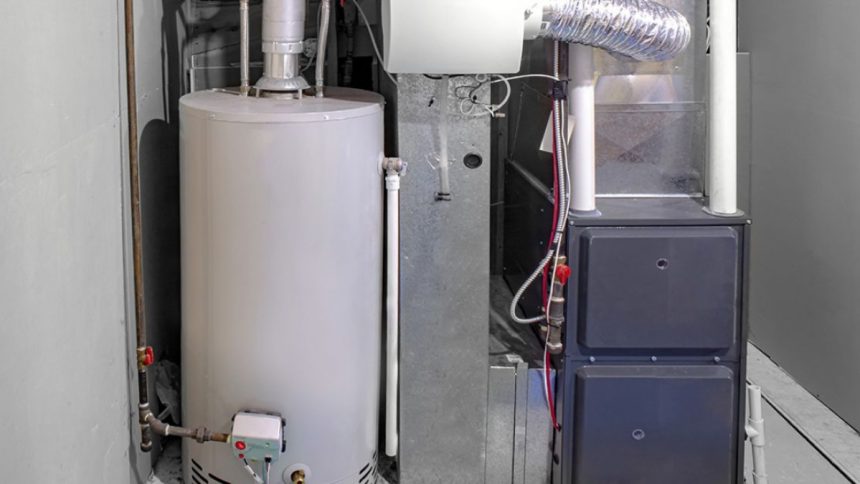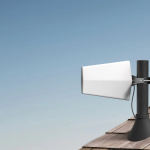The furnace is one of the major systems in your whole house and is supposed to keep you warm and comfortable during the cold months. The only way a furnace can give peak performance and enjoy a longer life is by investing in routine care and maintenance. Failure to do this may force you into expensive repairs or even result in early replacement. Below, we will be discussing some practical ways to extend the life of your furnace by performing regular maintenance, investing in smart upgrades, and preventing problems on time.
Regular Furnace Maintenance: The Foundation for Longevity
Routine Inspections and Tune-Ups
Annual inspections are crucial for maintaining your furnace in optimal condition. A professional HVAC technician can spot potential issues before they become major problems. During an inspection, the technician examines key components like the heat exchanger, burners, and safety controls to ensure they function properly. They’ll also look for wear and tear that could impact the furnace’s efficiency.
A tune-up typically includes cleaning the system, adjusting the burners, and ensuring that everything is working safely. It’s a preventive measure that helps your furnace operate smoothly throughout the season. Companies like Provincial Heating conductfurnace inspection winnipeg, providing homeowners with peace of mind by thoroughly evaluating their heating systems. These inspections are essential for identifying problems that can lead to system failures if not addressed in time.
Cleaning and Replacing Filters
Among the easiest ways of maintaining your furnace is through regular cleaning or replacing of its filters. Besides, dirty filters block the flow of air and make the furnace struggle much harder to heat your home. All this places a strain on the system, consequently reducing efficiency and shortening the life span.
It would be a good idea to check your furnace filters every month, particularly during the heating season. Certain furnaces and filters need to be replaced every 1-3 months, depending on the model and filter type. A clean filter helps with air quality and the efficiency of energy, while your furnace must run well.
Cleaning Ductwork and Vents
Your furnace is part of a larger heating system that includes ductwork and vents. Over time, dust, debris, and allergens can accumulate in your ducts, obstructing airflow and reducing your furnace’s efficiency. In some cases, dirty ducts can even become breeding grounds for mold, which can compromise the air quality in your home.
Hiring professionals to clean your ducts every few years is a good investment in your furnace’s longevity. Additionally, make sure vents throughout your home are clear and unobstructed to allow for proper airflow.
Smart Upgrades to Enhance Furnace Efficiency
Install a Programmable or Smart Thermostat
One of the simplest upgrades you can make to extend your furnace’s life is installing a programmable or smart thermostat. These thermostats allow you to set heating schedules that match your daily routine, ensuring your furnace isn’t working harder than necessary when you’re not home or when you’re asleep.
Smart thermostats, in particular, can learn your habits and adjust the temperature accordingly. This reduces wear and tear on your furnace by limiting its operation to times when you need it most. Additionally, these thermostats can provide energy savings of up to 10%, making them a smart investment for both your furnace and your energy bills.
Upgrade to High-Efficiency Furnaces or Components
If your furnace is nearing the end of its lifespan, or if you’re looking to make your home more energy-efficient, upgrading to a high-efficiency furnace is a great option. Modern furnaces come with advanced features and higher Annual Fuel Utilization Efficiency (AFUE) ratings, which means they convert more fuel into heat, reducing waste and improving overall performance.
Even if you’re not ready to replace your entire furnace, upgrading certain components can make a big difference. Consider replacing outdated burners, fans, or heat exchangers with more energy-efficient models to improve performance and extend the life of your system.
Seal Air Leaks and Improve Insulation
Another way to reduce the strain on your furnace is by making sure your home is well-insulated. Poor insulation allows heat to escape, forcing your furnace to work harder to maintain a consistent temperature. By sealing air leaks around windows, doors, and in your ductwork, you can reduce heat loss and make your furnace’s job easier.
Proper insulation also helps regulate indoor temperature more effectively, which not only protects your furnace but also lowers your energy bills.
Common Furnace Problems and Prevention Tips
Pilot Light and Ignition Issues
If your furnace’s pilot light or ignition system malfunctions, it can reduce your furnace’s ability to produce heat effectively. These issues can occur due to dirt build-up or a faulty ignition system, leading to frequent cycling or cold air blowing from the furnace.
To prevent this, make sure the pilot light and ignition system are regularly cleaned and inspected by a professional. An experienced HVAC technician can easily spot any problems and replace faulty components before they cause significant damage.
Blower Motor Malfunctions
The blower motor is responsible for circulating warm air throughout your home. If it starts to fail, you may notice poor airflow, strange noises, or uneven heating. In some cases, the blower motor may need lubrication or a part replacement.
Regular maintenance, such as lubricating the motor and checking for worn parts, can help prevent blower motor issues. If you notice any problems, it’s important to address them promptly to avoid further damage to your furnace.
Thermostat Misalignment or Faults
Your thermostat controls the furnace’s operation, so if it’s misaligned or malfunctioning, your furnace may struggle to maintain the desired temperature. This can lead to the furnace cycling on and off frequently, which can wear down the system over time.
To avoid these issues, regularly check that your thermostat is functioning properly and consider upgrading to a more advanced model if necessary. A smart thermostat can help ensure that your furnace is working efficiently without unnecessary strain.
When to Call a Professional
Identifying Major Issues Early
While regular maintenance can help prevent many problems, some issues require professional attention. If you notice signs like frequent cycling, strange noises, uneven heating, or a sudden increase in energy bills, it’s time to call a professional. Addressing issues early can prevent costly repairs or a complete system breakdown.
Emergency Repairs vs. Planned Maintenance
It’s always better to plan for regular maintenance rather than wait for an emergency repair. Emergency repairs tend to be more expensive, and they can leave you without heat when you need it most. Scheduling annual maintenance and addressing minor issues as they arise is a much more cost-effective approach.
Conclusion
By following these maintenance tips and considering strategic upgrades, you can significantly extend the life of your furnace and ensure it operates efficiently for years to come. Regular upkeep, such as professional inspections from companies like Provincial Heating, can prevent small issues from becoming major problems. Additionally, upgrading to smart thermostats and improving insulation will reduce the strain on your system, helping it last longer while keeping your energy bills in check.
Taking these proactive steps will not only protect your investment but also keep your home warm and comfortable throughout the cold seasons.
Lynn Martelli is an editor at Readability. She received her MFA in Creative Writing from Antioch University and has worked as an editor for over 10 years. Lynn has edited a wide variety of books, including fiction, non-fiction, memoirs, and more. In her free time, Lynn enjoys reading, writing, and spending time with her family and friends.















